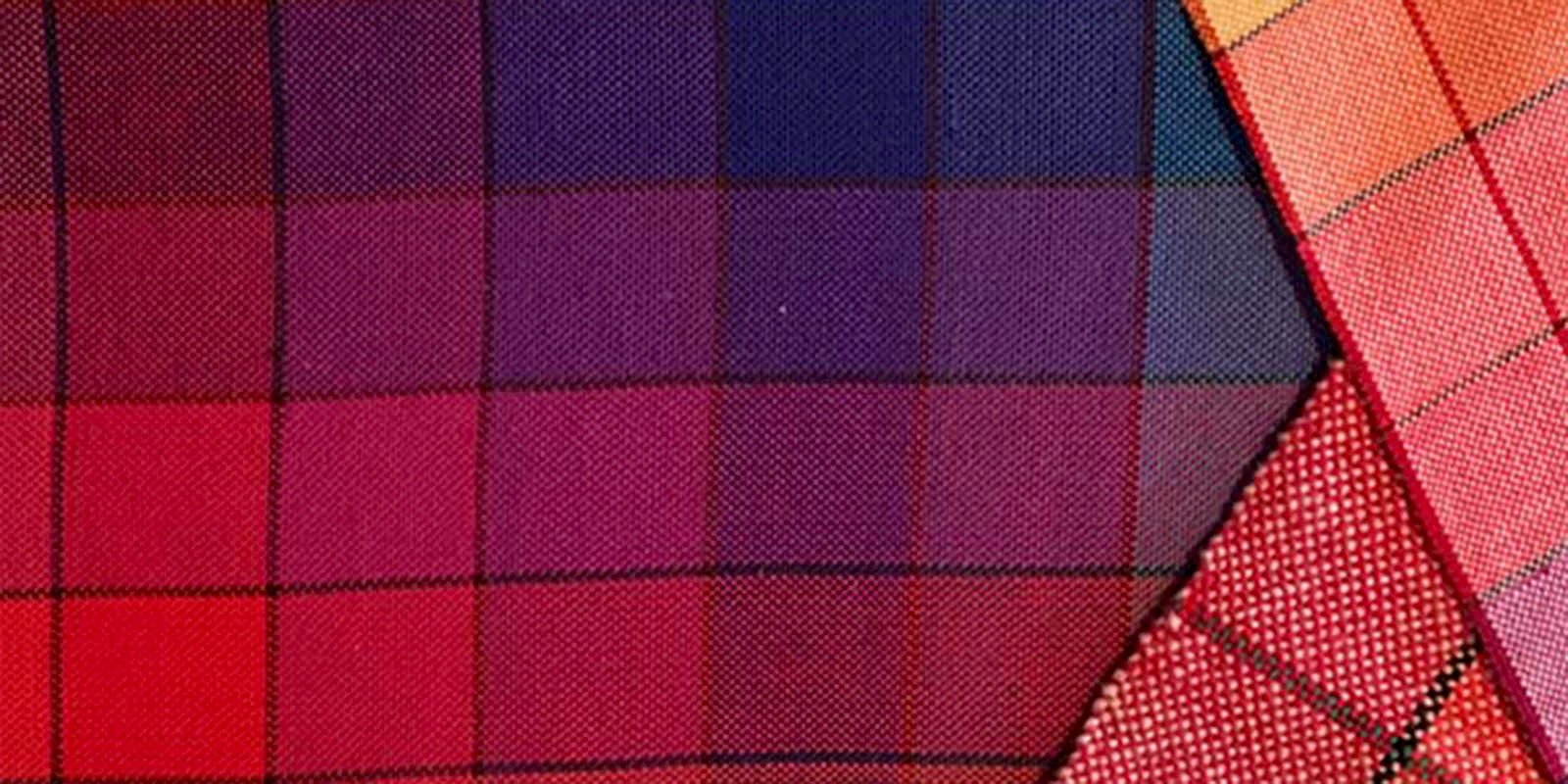For those of us who live in northern climes, winter still reigns and, baby, it's cold outside. But spring waiting is in the wings, and the cycle of life is starting again. All my shepherding friends are awaiting the start of lambing season, welcoming new faces to their flocks and a new crop of wool to feed our looms in the coming years. Here's Robin Lynde to tell you about life on her farm. And if these photos make you smile, you can visit her website for more information.
Tax season. Football season. Flu season. Hunting season. Holiday season. We live our lives by seasons, some arbitrary or artificial and some not. After all, why couldn’t you play football in the spring or file taxes in July? Some seasons, dependent on weather and geography, are not within our control: hurricane season, fire season, rainy season, even ski season.

A Jacob ewe named Summer with her lambs.
As a production weaver and a fiber shop owner, I know all about holiday season from a retail point of view. As a farmer, my work and my life are controlled by seasons: shearing season, lambing season, breeding season, fly season, foxtail season, and irrigation season. Some I control, some I don’t. Some I look forward to; others, not so much.
It is true that breeding season and, therefore, lambing season is somewhat arbitrary. After all, I could match up the rams with the ewes at any time during the year . . . or can I? Most sheep are seasonal breeders and estrus cycles start when day length decreases (and ram fertility declines as day length increases in the spring). Wild species have evolved so that breeding season allows for the best chance of survival for the young.
As a sheep farmer interested in the best sustainable practices, I make choices to work with the seasons instead of against them. In my area, there is a gnat-spread illness that can cause birth defects in early gestation, so I set breeding season to avoid that. Also, I want lambs to be born when my pasture is going to provide the best feed for the lactating ewes and the growing lambs.

One of Robin's lambs, posing for the camera.
I also have a focus on fiber, and so I choose shearing season to produce the best quality fleece. This one is still a moving target. Here are the things I think about: shearing before foxtail season (when annual grasses dry out and deposit seed heads into every fleece that walks by), shearing before lambing season (easier to monitor ewes pre-lambing and cleaner and easier for lambs to find the udders); shearing before winter when ewes are fed hay in the barn (for less fleece contamination); and shearing after a few rains have washed the fleeces clean of dust and sticky dallisgrass residue. These considerations have put my shearing day in November, but there are trade-offs. November shearing means that the marks left when the ewes are bred (from the rams’ marking harnesses) may not have yet washed out, depending on timing and the strength of the rainy season.
Every farmer makes choices about all aspects of their farm operation and lives by the seasons, artificial or weather-dependent. It's a good way of life, and you can be a part of it. Learn about your local farmers and find out about their practices. Live seasonally. Enjoy fresh corn and watermelon in the summer. Attend your local shearing day. Appreciate the unique qualities of fiber grown in your area and understand that production may be different from year to year. (You can learn more about different wool classes and breeds in the January/February 2013 issue of Handwoven.
Look forward with me to lambing season, starting soon, and be glad it is always weaving season.
—Robin Lynde

